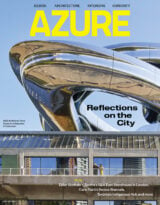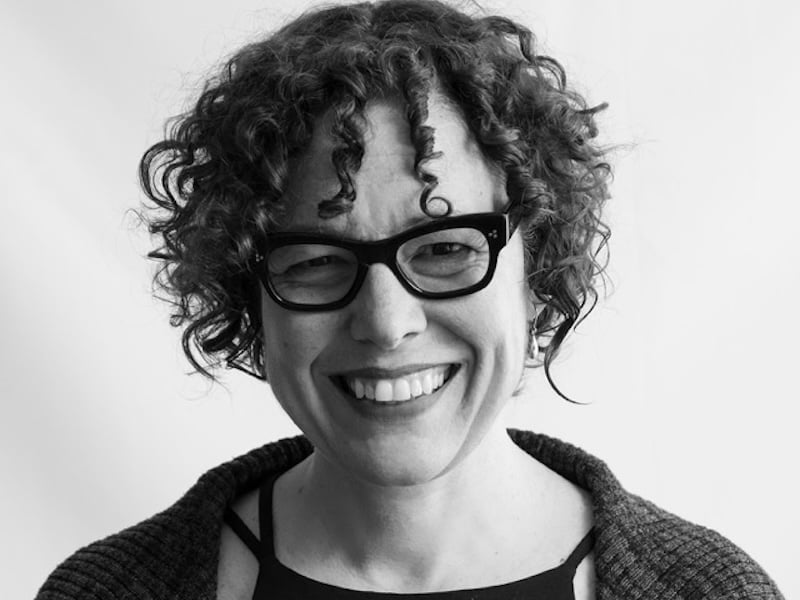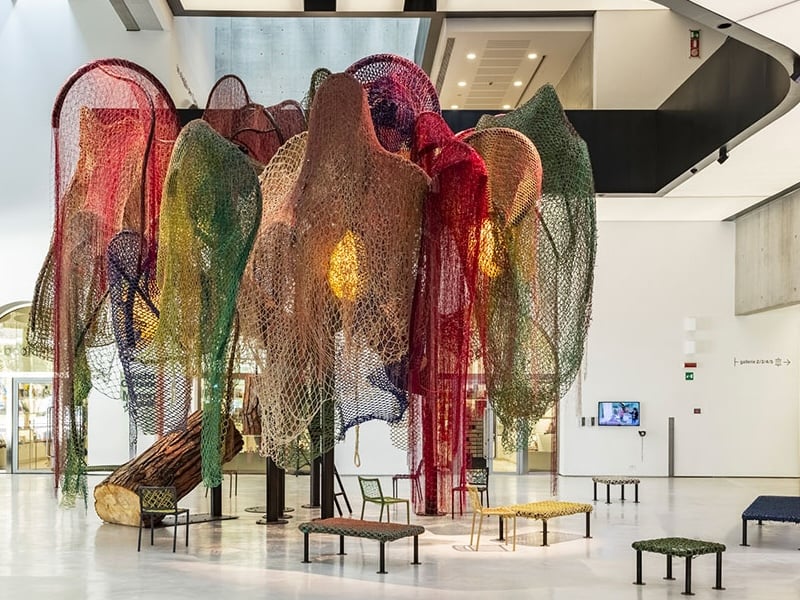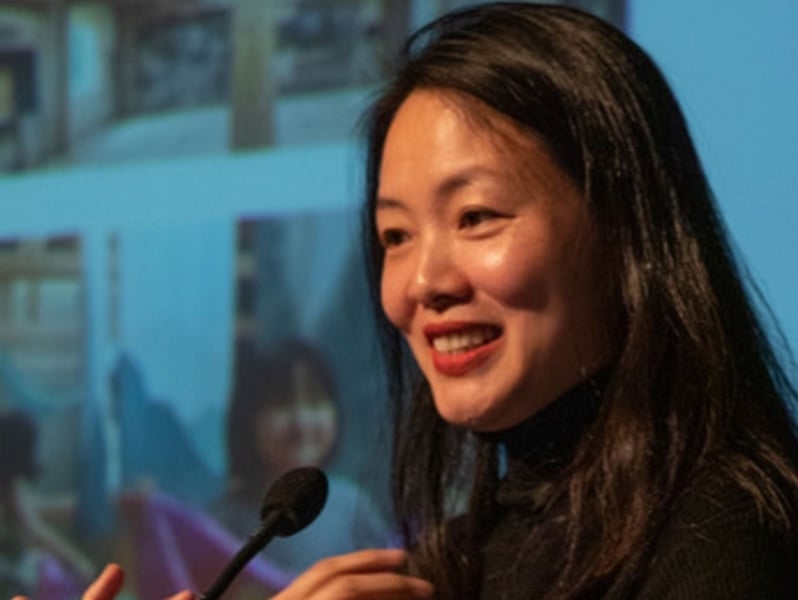
How do we make sense, or poetry, out of the system of images we face today? This is one of the questions taken up by CAMP, a collaborative artists’ studio in Mumbai, India, that draws on widely available technologies, including CCTV and cell phone cameras as well as the internet, “to think and to build what is possible, what is equitable, and what is interesting, for the future.” In the exhibition Video After Video, the group rethinks the relationship with the technologies that constantly capture us. Founded in 2007 by Shaina Anand, Ashok Sukumaran, and Sanjay Bhangar, this shapeshifting group runs a rooftop cinema, cohosts online archives, and uses moving images, radio broadcasts, lecture performances, and interventions in public spaces to examine the political and socioeconomic conditions of contemporary life.
Video After Video includes three works that trace the arc of CAMP’s output over nearly two decades. Each redefines relationships between producers, distributors, and spectators: a participatory television network in a dense New Delhi neighbourhood; a film made from cell phone footage and music in collaboration with sailors navigating trade routes across the Indian Ocean; and a dramatic, multi-channel video panorama of Mumbai filmed by pushing a single surveillance camera to its limits. CAMP’s practice reorients communication devices, transport infrastructures, and surveillance equipment to transform entrenched systems into new opportunities for hope, longing, desire, and collective action.
CAMP is committed to the afterlives of video and the digital commons, co-producing several publicly accessible online archives in collaboration with 0x2620 and others. A critical component of their work, these densely annotated platforms make thousands of hours of footage and films available for research, teaching, discussion, and debate. Learn more at pad.ma (est. 2008), indiancine.ma (est. 2013), and njp.ma (est. 2021).





